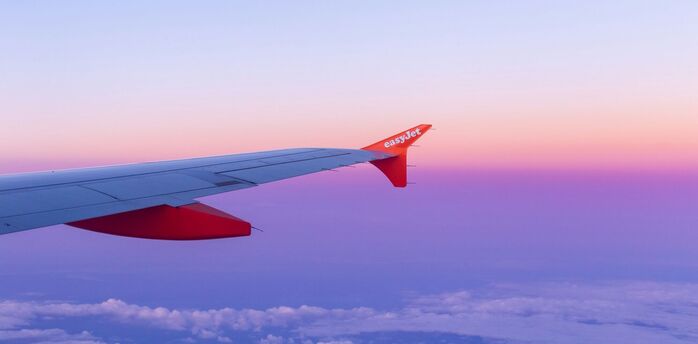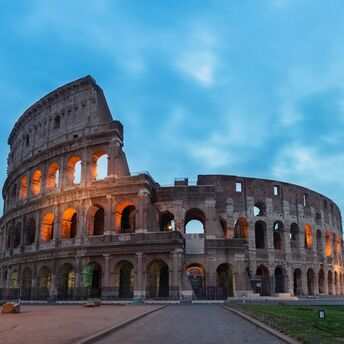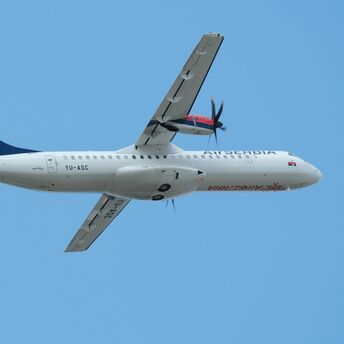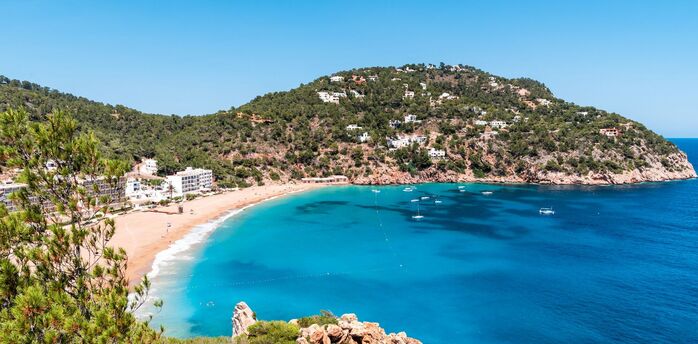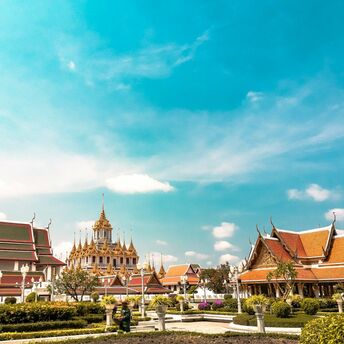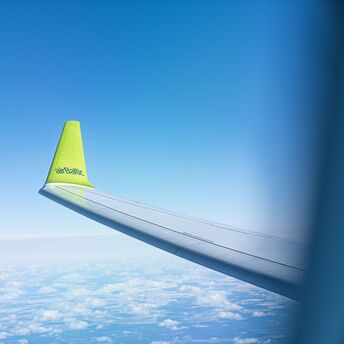Ecuador’s Isla de la Plata Offers Close-Up Look at Galápagos Wildlife
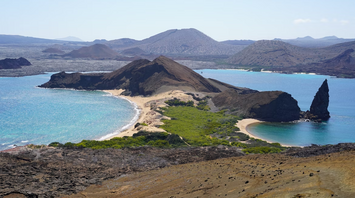
Ecuador’s Isla de la Plata, part of Machalilla National Park, is becoming a key destination for travelers wishing to see wildlife commonly associated with the Galápagos Islands. Situated 22 nautical miles from the mainland, the island is home to blue-footed and red-footed boobies, waved albatrosses, frigatebirds, Nazca boobies, and Galápagos sea lions. Even though the number of visitors is capped, far fewer people come here than to the Galápagos, which means it’s easier to watch these animals without the crowds.
Isla de la Plata has undergone significant restoration since it was repurchased by the Ecuadorian government in 1979. In the past, the island was in private hands and partially built on, which brought in non-native animals that harmed the local ecosystem, but those invaders have now been cleared out. Strict regulations now govern what visitors can bring, and national park rangers oversee conservation work while guiding groups along marked trails.

Park ranger and Palo Santo travel guide Silvano Quimiz Barzola notes that blue-footed boobies here often raise more chicks than their Galápagos counterparts due to greater food availability. Local fishing restrictions, in place within two nautical miles of the island, have helped sustain seabird populations. Thanks to these protective steps and shifts in the surrounding waters, Nazca boobies here are now nesting and raising chicks more often than before.
Because it’s relatively easy to get to, the island is a good choice for travelers with limited time. From Puerto Lopez, the main starting point for tours, boats make the journey in about an hour and a half. Visitors often add to their Isla de la Plata trip by exploring other parts of Machalilla National Park, including Los Frailes Beach and Agua Blanca, where remnants of ancient pre-Columbian culture can still be seen. In this way, travelers get to enjoy the island’s wildlife and the region’s cultural history all in a single trip.

Visitors to Isla de la Plata can see many familiar species in a safeguarded environment, making it a simpler place to reach than the Galápagos while still upholding strict environmental care. Being part of Ecuador’s network of protected areas helps guarantee that people visiting in the years ahead will still be able to see these species living in their natural surroundings.


